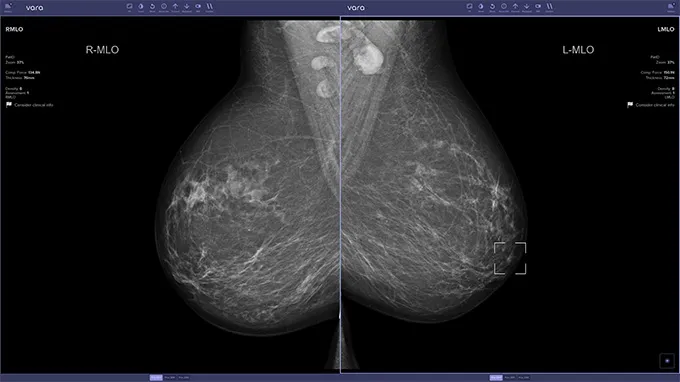Artificial Intelligence Sniffs Out Scents from Chemical Structures

Artificial intelligence (AI) has the ability to predict the smells of various chemicals based on their molecular structures, according to a recent study published in Science. This AI system, known as a neural network, can provide descriptions of odours, such as ‘fruity’ or ‘grassy’, corresponding to hundreds of chemical structures, including some that do not exist naturally.
AI’s Smell Prediction Capability Principal Odour Map (POM)
By analyzing the relationship between a chemical’s structure and its smell, researchers at a start-up called Osmo utilized the AI to develop a principal odour map (POM) that can be used to predict the scent of new molecules. The POM was tested against human subjects who were trained to associate specific smells with descriptive words used by the AI, and the AI’s predictions closely matched the average responses given by the humans. This technology could be valuable in designing new synthetic scents and may also provide insights into how the human brain interprets smell.
The sense of smell is unique in that it directly connects sensory information from the nose to the brain’s memory and emotional centers, evoking specific and intense memories. Neurobiologist Alexander Wiltschko believes that smell has a distinct quality, which has led to the creation of his start-up company, Osmo, that aims to design new odorants. Osmo’s team used a neural network AI system to analyze the structures of approximately 5,000 odorants and assign descriptive words to each one, allowing the AI to predict the aroma of new molecules. Through this analysis, the system identified 250 correlations between specific patterns in a chemical’s structure and its smell, which were then combined into the POM for future predictions.
Human Testing and AI Accuracy
To test the accuracy of the POM, 15 volunteers were trained to associate smells with descriptive words used by the AI. The researchers collected hundreds of odorants that do not naturally exist but are familiar enough for people to describe, and asked both the humans and the AI to predict the scent of these molecules. The AI’s predictions were often closer to the average response given by the humans than any individual’s guess.
The Unique Nature of the Sense of Smell
While the POM holds potential for industries such as food and cleaning products, some experts believe that it doesn’t reveal much about the biology behind the human sense of smell. Stuart Firestein, a neuroscientist at Columbia University, says that the POM doesn’t explain how different molecules interact with the approximately 350 odor receptors in the human nose. Pablo Meyer, a systems biologist at the IBM Center for Computational Health, highlights the subjective nature of smell and challenges the idea of there being a “correct” perception of a smell. Despite these criticisms, Wiltschko and his team plan to further investigate how odorants combine and compete with each other to create unique smells, although this task poses challenges due to the vast number of possible combinations.
The ability to predict the smells of different combinations of odorants is the next frontier in this field. Even something as singular as the smell of coffee is comprised of hundreds of odorant chemicals. By delving into this complexity, researchers hope to gain a deeper understanding of our sense of smell.
References: Lee, B. K. et al. Science 381, 999–1006 (2023).






